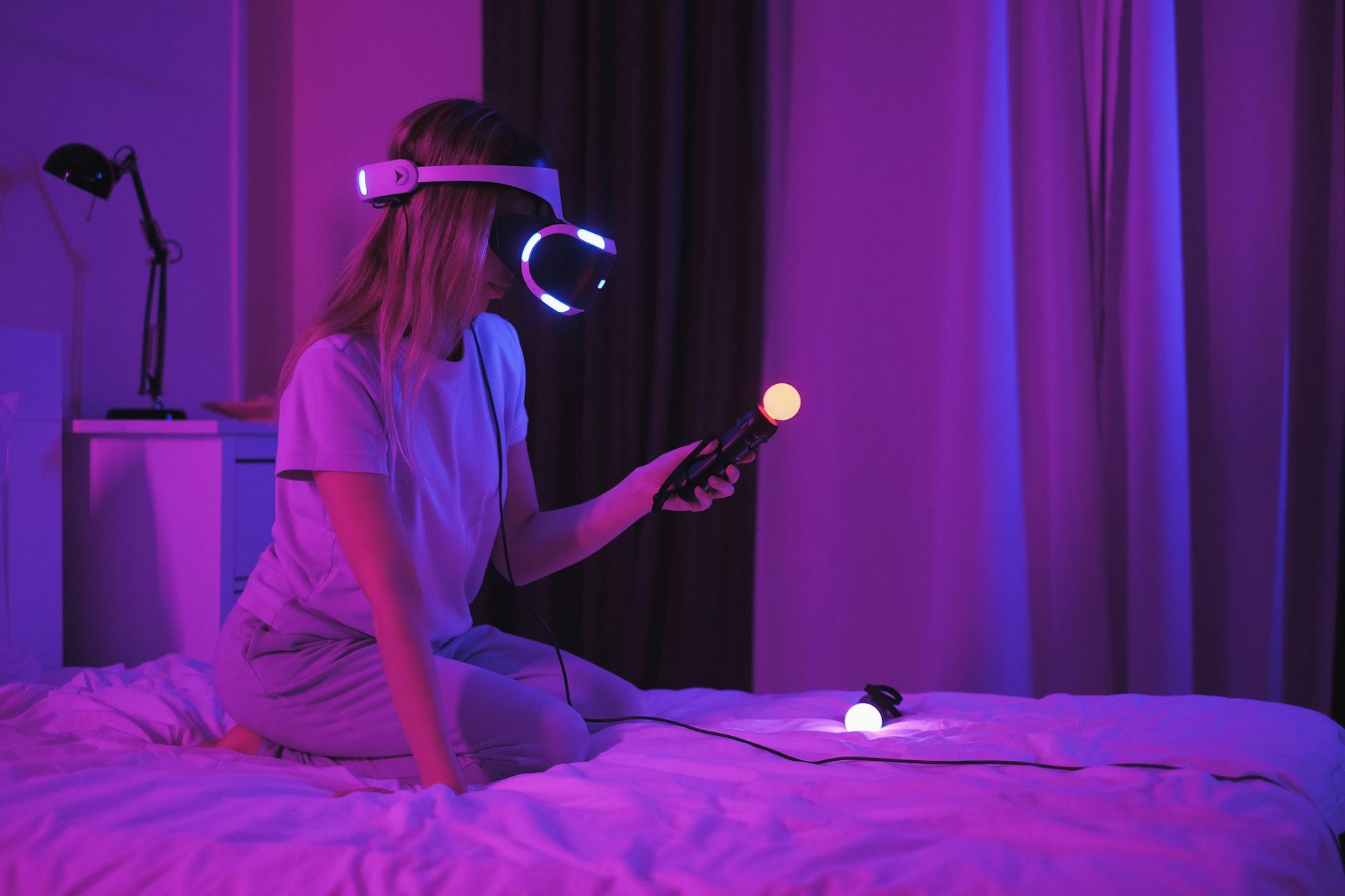After two years of loyal service, our Aquarium PC died and one of the graphics cards caught fire (as noted). We pulled it out and found the rest in good shape with the major problem being:
1. The CPU Fans (there are two of them) have always spun slowly because of viscosity of the mineral oil and when we pulled them you could smell the motors were burning.
2. The GPU fan on the failing unit didn’t spin. I think this was because the whole card was dying though.
So given we are limping along with a single GTX-670, seems like it is a good time to do an upgrade. The good news is that:
- ASUS P8Z77-V Deluxe. This remains a good motherboard. Most importantly it has USB 3.0 and PCI Express 3.0 so does support AMD CrossfireX natively if we want to get AMD instread of nVidia cards. PCIe 3.0 is double the bandwidth of the PCIe 2.0 (32GBps for an x16 lane)
- Intel Core i5 Ivy Bridge. The good news is that this is a decent processor and not significantly slower.
- Noctua NH-14D. This monster seems to be working well with the exception of needing burly fans. Although pugetsystems.com says they don’t matter too much as they spin too slow and don’t really burn out.
- It would be nice to get it to run even cooler. Right now at full bore, the system is running at a very cool 35C and the radiator fans (there are nine of them!) don’t ever seem to run.
- The Kingwin 1000 watt power supply still seems to be good (although if we go to 4xGraphics cards, we will need to go to a 1500 watt supply?!)
So what to do for Aquarium PC 1.5?
- Dual AMD R9 290X or dual nVidia GTX 780 Ti. These seem like good values right now compared with the comparable nVidia GTX 780 Ti. The 780 Ti is slightly faster so it depends on the difference. Street-price the good 780 Ti lists for $700 and the AMD is $530 or so, so quite close right now. So it looks like that with a 5% price difference, the AMD makes sense. Some people are worried about driver quality, so it might be a good idea to buy one and see. The main hold up here is the lack of HDMI 2.0 for 4Kp60 output. You can get 4Kp60 (60 hertz is minimum for gaming) only by a trick called MST (multistream transport) on current Displayport 1.2. And in any case, 4Kp60 really needs at least SLI to work. And realistically the next generation of GPUs as well.
- Devil 13. This is a pair of AMD R9 290X GPUs on a single card. It has a huge premium at $1500 (but still less than the $3K that nVidia wants for their equivalent Titan X) and it means that we could have long term more AMD cards in there. The main thing is the big price premium.
- Burly 140mm and 120mm cpu fans. We can replace the fans and make sure we get good circulation through the aquarium. The Noctua used ultra low speed fans to be very quiet. SilentPCReview recommends thehttps://richtong.net/wp-admin/post.php?post=9994&action=edit Antec TwoCool 140. assuming that rpm is correlated with torque for the mineral oil, this has a 1200 rpm maximum but the Noctua has the same rpm, so not clear it would help.
- Drop in Chiller. Marine Depot explains that a Aqua Logic Trimline 1/3 hp Drop In chiller is expensive, but a 1/3 hp ($1k cost) can cool a 50 gallon tank by 5 degrees in 20 minutes. So if the thermal mass of our 12 gallon tank is 5x higher, we should get similar performance. So it could really be a performance improvement.
Net, net, here is what we are getting:
- Drop in Chiller. Need to pick a good one. Looking through reviews, the Tradewinds 1/3 HP Drop In Chiller is about $800 and looks like it can cool a 50 gallons of water 10 degrees in 20 minutes. That’s about equivalent to our 12 gallons of mineral oil. And since it is drop in, we should be able to put the chiller right on top of the cpu or whatever is the hottest part of the system. The thing is physically huge. 49 pounds. 12″ drop-in and 14″x11″x10″ but it should get the job done 🙂
- Dual AMD R9 290 X in Crossfire. Need to figure out the best version of these. We take the Tom’s Hardware review and compare with Newegg price and ratings to get a feeling for price/performance as well as Amazon pricing and ratings.ThePowerColor PCS+ looks like a pretty good deal at $530 and doesn’t need overclock. If you want to take a chance the MSI Gaming OC looks good at less than $495witharebateandthePowercolor at $530 is about 5% faster, so a tough decision :-). The results below are in an open bench or a closed case,asheatmakes a difference,ina Aquarium, we are closer to an open case I’d expect.ThePowercolor at $530 is a good deal,buttheMSIR9290X Gaming OC has an amazing price at $495. It is incredible to see the prices of these cards fluctuate sometimes $70 in a day, so here they are as I keep up with them
- Gigabyte GTX 780 Ti Windforce OC. 142.6. $610 Newegg (4/5 of 19)
- MSI Radeon R9 290X Lightning 132.7. $685 (Newegg), $700 (Amazon 5/5/2)
- HIS R9 290X IceQ X2 Turbo 130.7. Turbo not available on Newegg or Amazon
- Powercolor R9 290X PCS+. 130.4. $550/530 (Newegg 4/5 of 37), $470 (Amazon, 4.5/5 of 7)
- ASUS R9 290X DirectCU II OC. 130.0. $410 (Newegg 3/5 of 30 only!). $570 (Amazon 4/5 of 19)
- Sapphire R9 290X Tri-X OC. 127.3. $549 (newegg 4/5 of 49), $548 (amazon 4/5 of 20)
- MSI R9 290X Gaming OC. 127.2. $570-$50-$30=$490 Newegg (4/5 of 17) or 545-15=530 (Amazon, but 3.5/5 due to support of 7). It is factory overclocked to 1040Mhz
- HIS R9 290X IceQ X2 Turbo (in closed case) 127.2. Not available
- Gigabyte R9 290 X Windforce OC VG-R929XOC-4GD. 127.1. Lots of Newegg and Amazon complaints. $500 (Newegg), $520 (3.5/5.0)
- Sapphire R9 290X Tri-X OC (in closed case) 126.9. $549 Newegg/Amazon
- MSI Radeon R9 290X Gaming OC (in closed case). $570
- GeForce Titan Windforce 1GHz. 127.9
- Gigabyte Ri 290X Windforce OC (in closed case). 126.3
- ASUS R9 290X DirectCU II OC (in closed case) 122.3
- Radeon R9 290X Reference . 107.3
- New monitor. It is kind of surprising how little the state of the art has changed in the last two years. I really only trust TNTCentral and blurbusters.com and to a lesser extent 120Hz.net todoreviewsandthegoodorbadnewsisthethe1920x1080p 144 Hertz monitor we got two years ago is still pretty much state of the art. It is a TN panel so not as bright as an IPS (like the Apple 2550×1440 IPS panel) but much faster. So here are the current state of the art choices now:
- ASUS ROG PB278Q. This is nearly the perfect 1440p monitor. It is 144 Hertz, Gsync (so it has flexible frame rates) and the only limits are that it is 27″ and it is a TN panel. Probably for today’s graphics, its a good choice. It doesn’t need HDMI 2.0 or the DisplayPort MST hack. The nice thing about Gsync is that it can slow and speed up as needed based on the graphics card. But this is nVidia only technology. It is $800 so decently expensive.
- Overlord X270OC. This is an overclockable PLS panel and YMMV but something to try.
- Qnix Evolution 2710. Blurbusters loves this monitor but TNTCentral says its overclock mode really doesn’t work. It is dropping frames
- Samsung 28u590d. This is a decent 4KP60 monitor, but the main problem is that 28 is really too small for 4K monitors.





